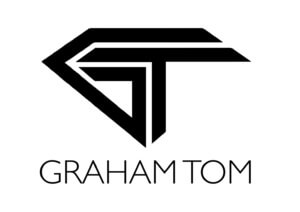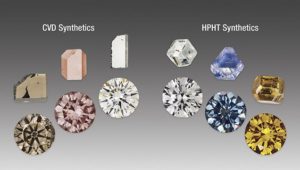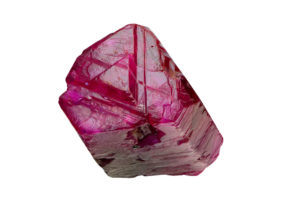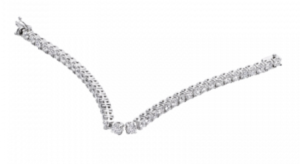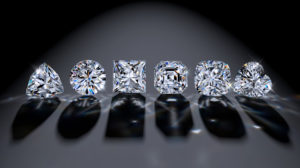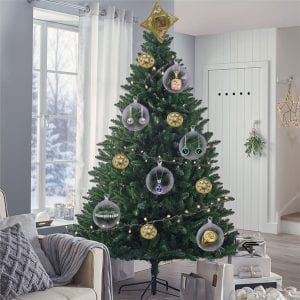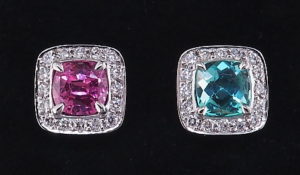Australian Boulder Opal
Opal is a hydrated amorphous form of silica with a water content ranging from 3 to 21% by weight but usually between 6 and 10%. Opal is deposited at low temperature and may be found in fissures of any kind of host rock including sandstone, ironstone, basalt, marl and limonite. Opal is the national gemstone from Australia.
Opal is composed of uniform spheres of silica which form a grid like structure. The spaces between these spheres contain a silica solution. When white light passes through the spheres and strikes the silica solution, white light is diffracted producing rainbow hues. The “play of colour” synonymous with opal is dependent on size of these spheres, for example larger spheres will result in red and orange colours and smaller spheres will result in blue and green colours, eponymous of Australian opal.
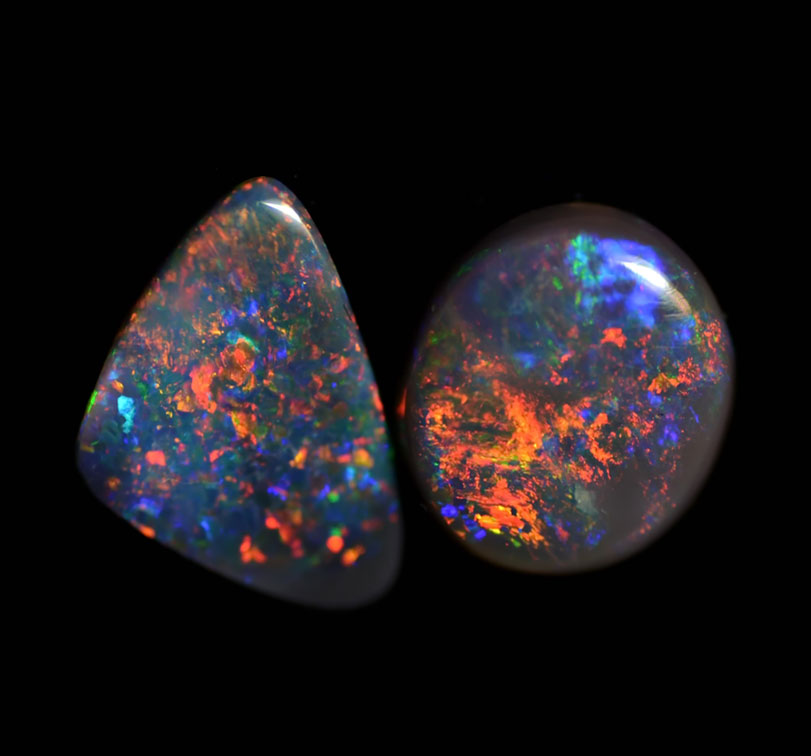
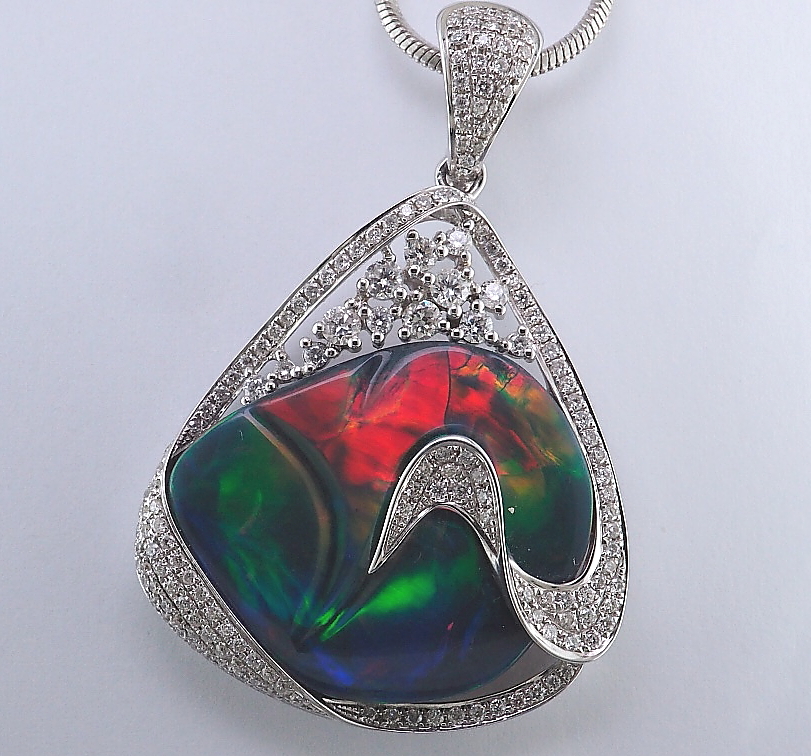
There are several sources of opal in the world and the main sources include Australia and Ethiopia. Australia produces some of the world’s most phenomenal specimens. It is important to discern water content from different sources as this can impact on the durability of the stone. Australian opals have a significant lower water content which means that Australian opal is less susceptible to drying out and less likely to exhibit “crazing”, which are hairline fractures that can impact on value of piece. Ethiopia is a new source of opals and has a higher water content making it unsuitable for jewellery. It is known fact in the jewellery industry that opals are immersed in water for purpose of enhancement of “play of colour.”
The opals in photographs above comprise Boulder Opal from Queensland, Black Opal from Lightning Ridge in New South Wales and below White Opal from Cooper Pedy in South Australia.
There are other varieties of opal including white opal which originate from Cooper Pedy which can have a subdued play of colour as the body colour of stone is light which contrasts with black opal as the body is dark and therefore, the play of colour is brighter.
In addition, there is another variety called Mexican Fire Opal which can be faceted and colour ranges from brownish-yellow to orange.
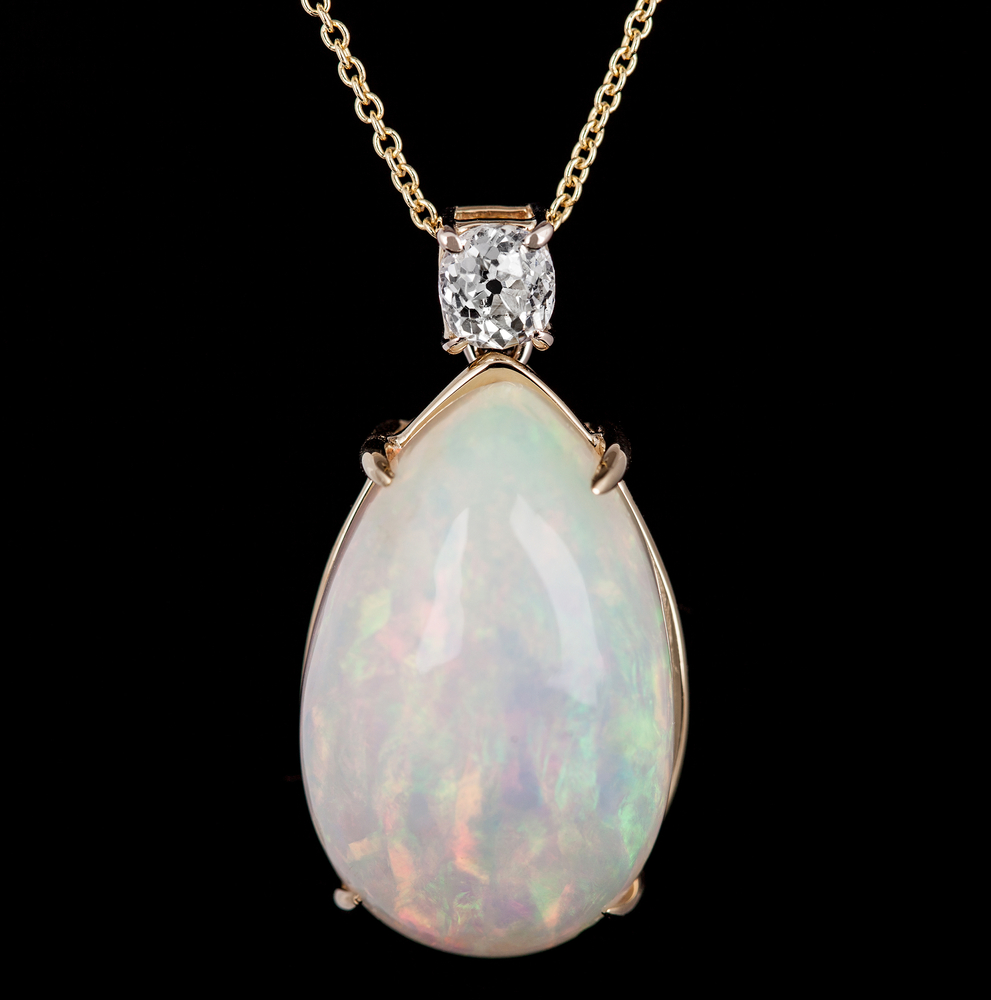
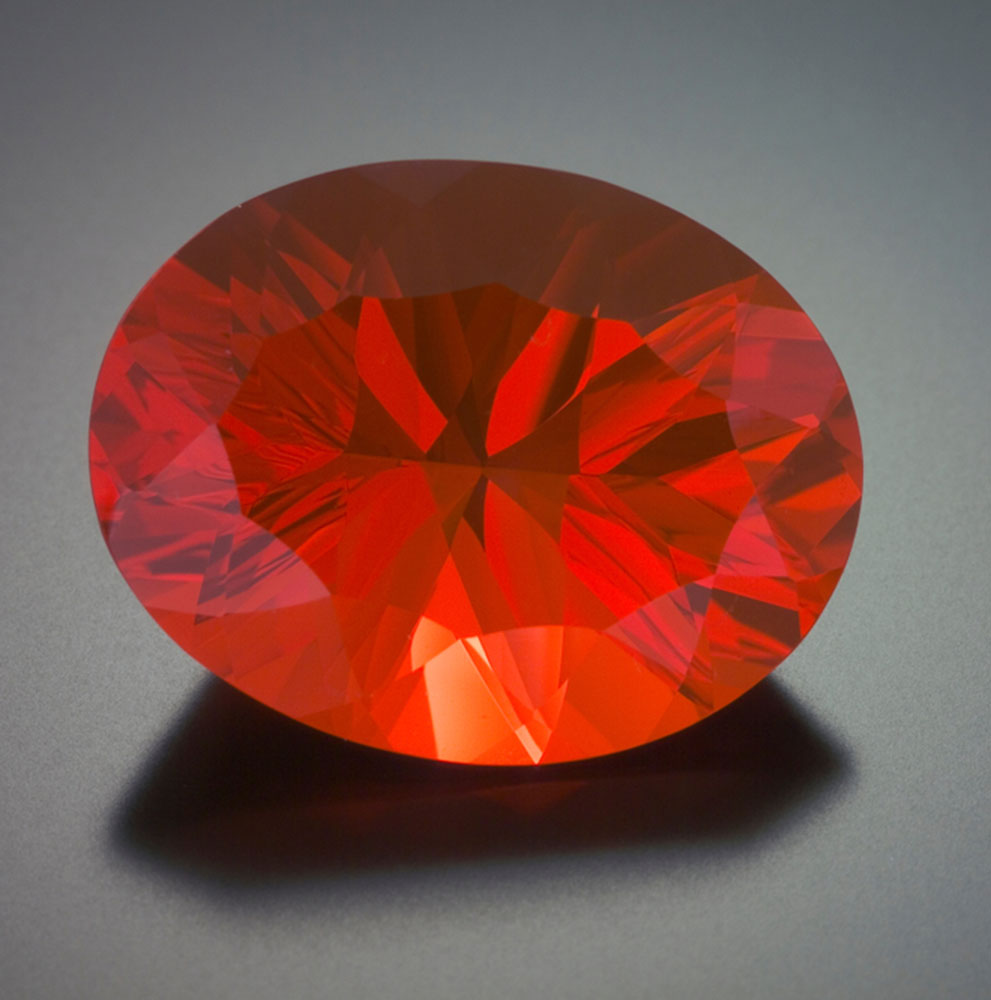
Please note the hardness of Opal is 6 on the Hardness Moh Scale meaning that the faceted stones can abrade easily and care must taken with all the other varieties. If you are interested in buying any varities of Opals, then please contact.
